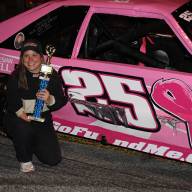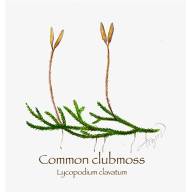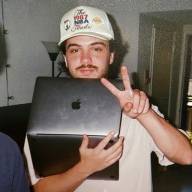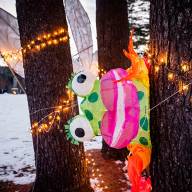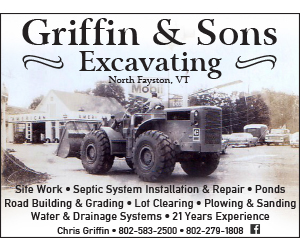It may not be a comfortable topic, but it’s one everyone faces: death. While no one can control when or how they go, they can make choices now that ease the burden on the people they love.
Planning for what happens after one dies – whether that means writing down one’s wishes, choosing a burial option, or simply having a conversation – is one of the most caring things people can do. It can reduce confusion, relieve pressure, and give loved ones clarity and peace during an otherwise difficult time.
Here are a few thoughtful steps to consider:
1. Have the conversation.
Talk with family or close friends about final wishes. Prefer a traditional burial, cremation, or natural burial? Envision a quiet graveside service or a more celebratory gathering? Loved ones can’t honor anyone’s wishes if they don’t know them.
2. Write it down.
Even if one is not ready to create legal documents, writing down one’s preferences for final arrangements, memorials, or disposition of remains is a huge help. Keep the information accessible – and tell someone where to find it.
Rachel Wiley-Fenton, a certified death doula and grief guide as well as the manager of the von Trapp Farmstead Farm Store, notes:
“Having the conversations (and repeatedly touching in on them over the years) is so important in shifting family/social culture around talking about death, but having completed documents is really important in relieving the burden on loved ones’ memory of those conversations,” she said.
“I know of some situations where different family members remembered the person dying saying different things about their wishes. Having an Advance Directive completed (ideally the long-form) is a huge benefit. Of course, ideally, folks will also be making a will, assigning a durable power of attorney (health care and financial), etc.,” she added.
The state of Vermont has a register that will help people create and register their advanced directives. People can begin the process here: https://www.healthvermont.gov/systems/advance-directives/create-register-and-make-changes-advance-directive
3. Swedish death cleaning.
Wiley-Fenton also suggests beginning to organize and declutter their belongings – with an eye toward meaningful items and the stories behind them.
“This is another wonderful way to lessen the burden on loved ones who will be left to manage all the belongings we can't take with us when we die,” she said.
4. Understand the options.
Burial and cremation are no longer the only choices. Natural burial – where the body is returned to the earth without embalming or a concrete vault – is now available in some Mad River Valley cemeteries. Vermont also has its first conservation cemetery, Vermont Forest Cemetery in Roxbury.
5. Make financial decisions ahead of time.
If people are able, prepaying or setting aside funds for burial expenses can reduce financial stress for their family. At the very least, understanding local burial fees and what’s included will help family members make informed decisions.
6. Ask about local cemetery options.
Each town in the Mad River Valley handles burials a little differently. Contacting the town’s cemetery commission is the best way to understand what’s currently allowed – and what new options may be in development.
Advocates for end-of-life planning point out that planning ahead isn’t morbid – it’s generous and can bring peace of mind and comfort to those who will carry out those wishes.
To learn more about natural burial and end-of-life options, the Mad River Valley Cemetery Commissions are holding a community event this fall:
From Earth to Earth: Exploring Natural Burial in the Mad River Valley and Beyond Wednesday, October 16, from 5 to 7 p.m. at the Big Picture Theater, Waitsfield
The event features a film screening plus a Q&A with Vermont Forest Cemetery representatives and local cemetery commissioners and is free and open to the public.
McDermott, Waitsfield, is a member of the Waitsfield Cemetery Commission and with members of the Warren and Fayston Cemetery Commissions is looking at issues related to burials and end of life planning in The Valley and beyond.
What Is a death doula?
A death doula (also known as an end-of-life doula) is a non-medical support person who helps individuals and families navigate the emotional, practical, and spiritual aspects of dying.
Much like a birth doula supports someone through labor and delivery, a death doula offers compassionate presence and guidance in the final stage of life.
A death doula may help with:
- Holding conversations about death and dying.
- Providing emotional and spiritual support.
- Assisting with legacy projects, letters, or rituals.
- Creating vigil plans or end-of-life wishes.
- Supporting families before, during, and after death.






